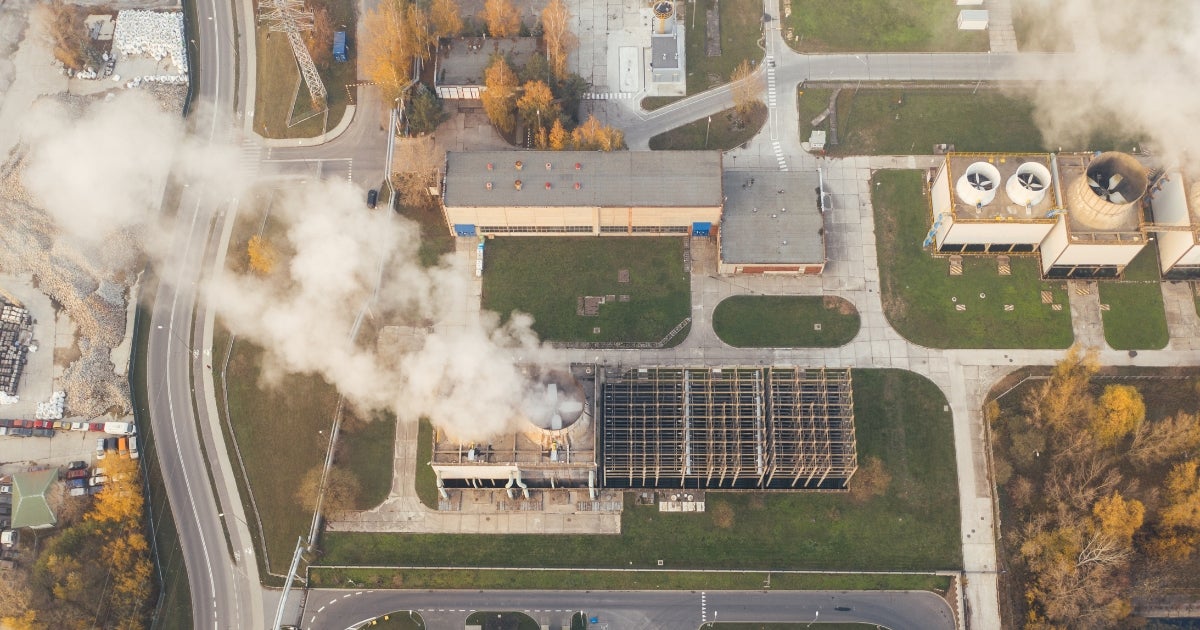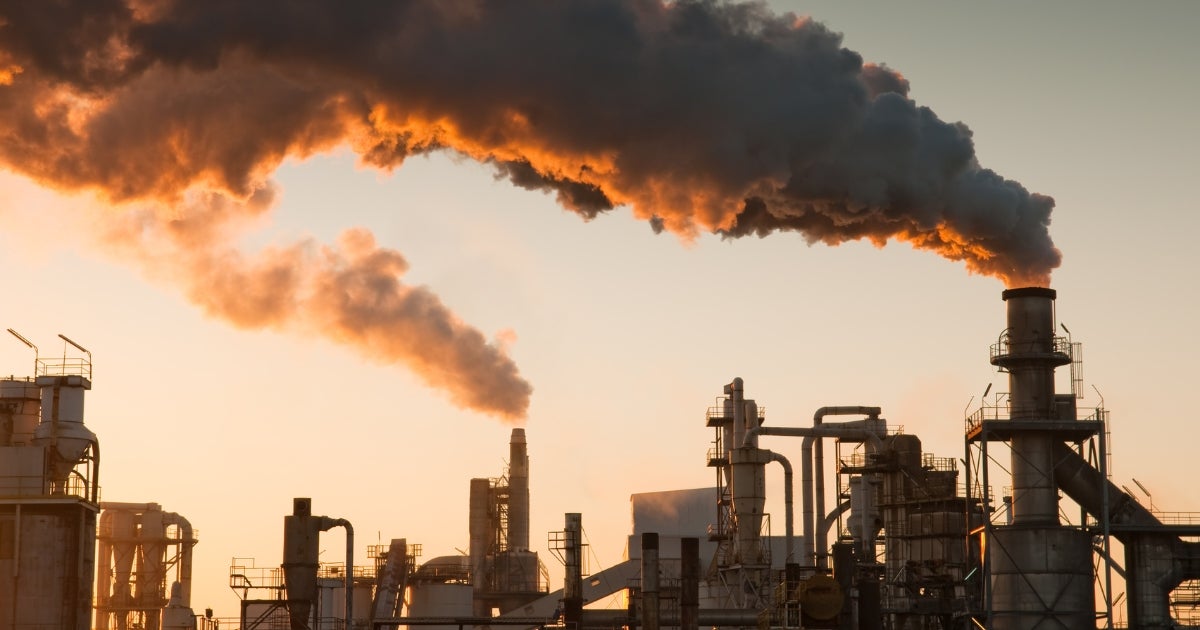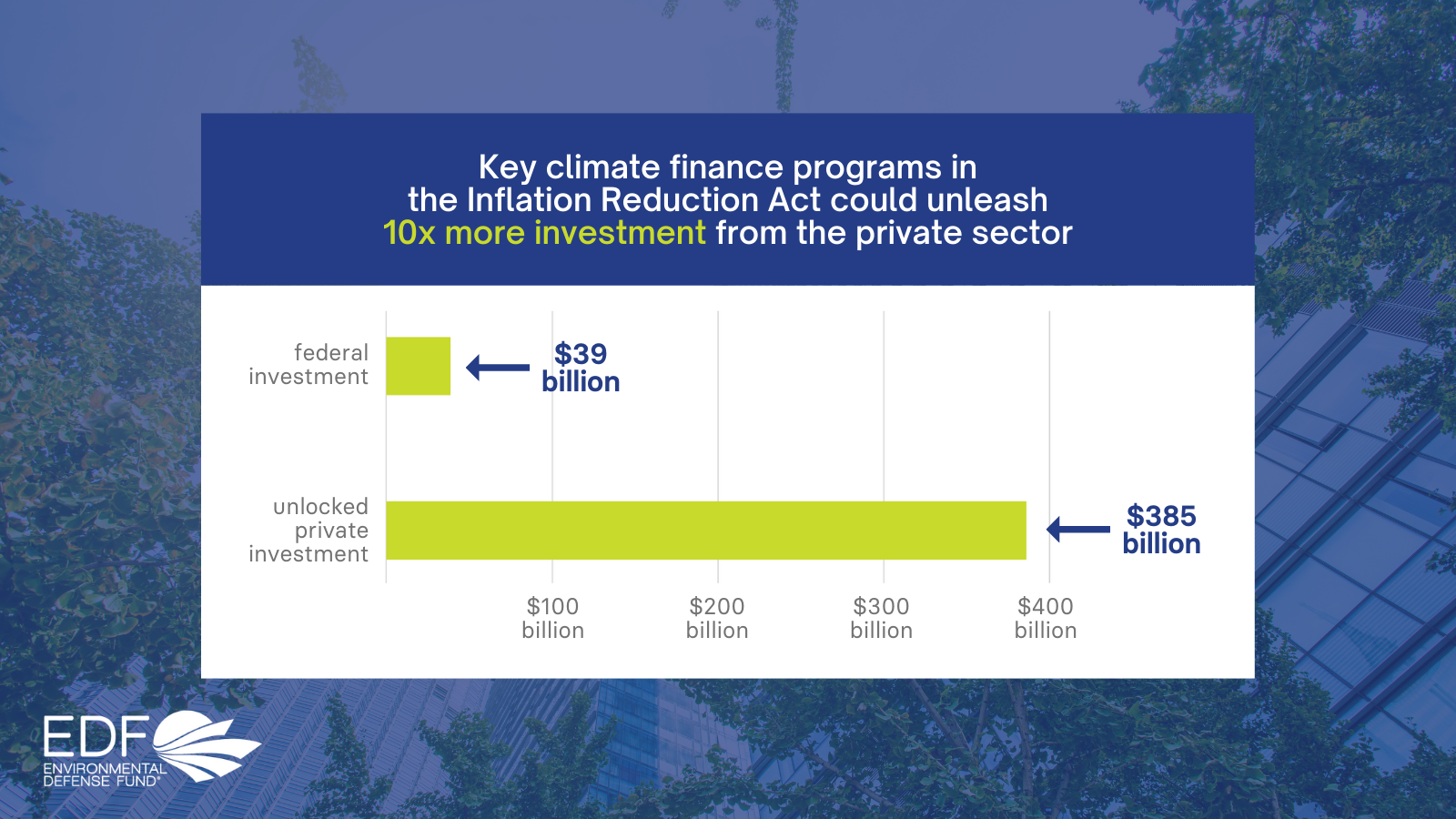This blog was co-authored by Natasha Vidangos, Senior Director, Climate Innovation and Technology.
Decarbonizing industry is a critical step to stabilize our climate. The sector can be tough to get a handle on — it’s on track to become the largest-emitting sector within the next couple of decades, and it involves the production of a wide variety of goods, from cement, steel, and chemicals to food and beverages. Historically, heavy industry is also a significant source of local pollution, often leading to direct harm to nearby communities, which tend to be communities of color. This complex yet critical piece of our economy needs a transformation — one that leverages cleaner and more efficient energy and processes while establishing mechanisms to ensure better outcomes on the ground. Identifying, developing and deploying transformative solutions is not an easy task: It requires innovative ideas, ambitious plans and investments, and coordination across a diverse set of stakeholders. Federal support is crucial for testing and validating these new technologies in a real-world setting, reducing the barriers to safe and effective adoption.













